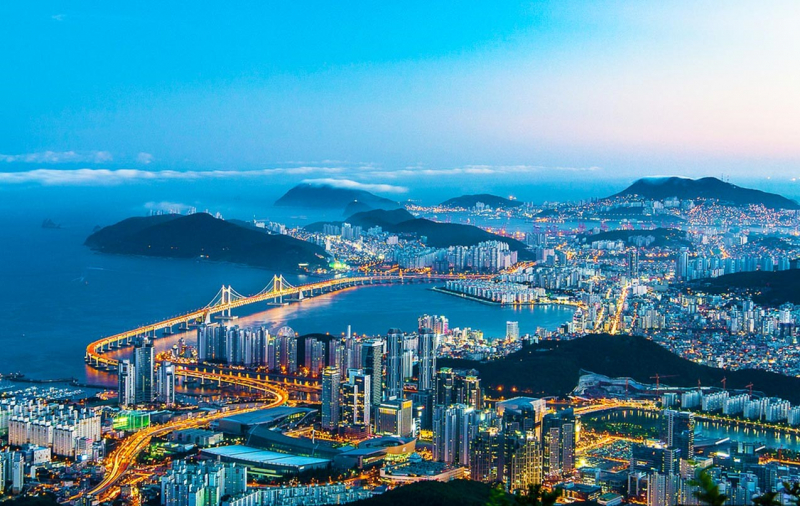The summer capital of Korea

It seems sensible that the beach is the focus of Busan. It is nearly hard to see the sand through the bodies lining the shorelines throughout the summer, especially in August. Busan's resort-like atmosphere is a result of summer tourism, which concentrates on popular areas including Haeundae, Gujora, Sonjeong, and Gwanggalli.
Actually, due to its six beaches, Busan is known as the summer capital of Korea and draws visitors from all over the world. Koreans throng Busan's stunning beaches every summer, the most well-known of which is Haeundae Beach, a location for opulent hotels and events. Along the beach and Grand Gwangan Bridge at Gwangalli Beach, there are cafés, pubs, and restaurants. Other beaches include Songdo Beach, which is south of the city's center, and Dadaepo Beach, which is on the city's western outskirts.
The largest aquarium in Korea, Busan Aquarium, and Yongdusan Art Gallery are all located in the 69,000 square meter Yongdusan Park. The park, a popular tourist attraction with year-round cultural events, hosts roughly 70 different tree types.
Dongnae-gu is a wealthy, historic neighborhood that has a long history of being a lively neighborhood. There are several hotels, restaurants, shopping centers, and bathhouses in the natural mineral spring region of Dongnae Oncheon. Local eateries are well known for serving traditional cuisine. A Confucius shrine in Busan, Trung Liet Tu, also serves as a monument to the troops who lost their lives fighting against the Japanese invading force in the late 16th century.










